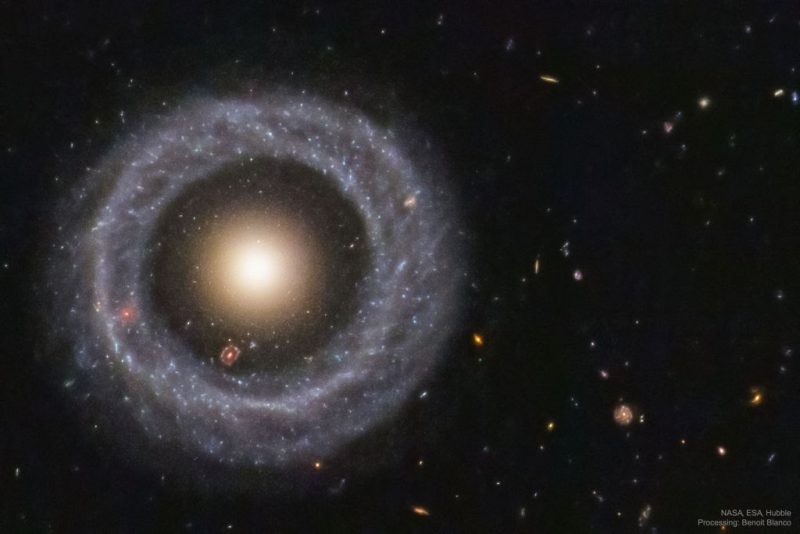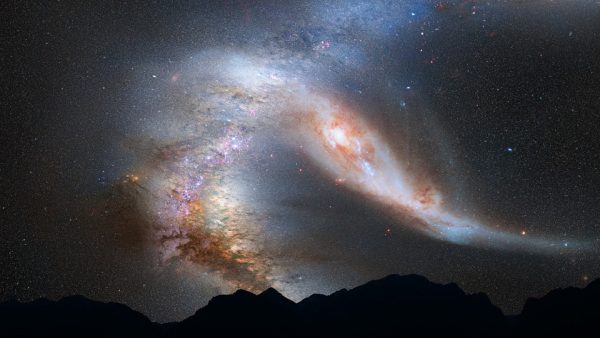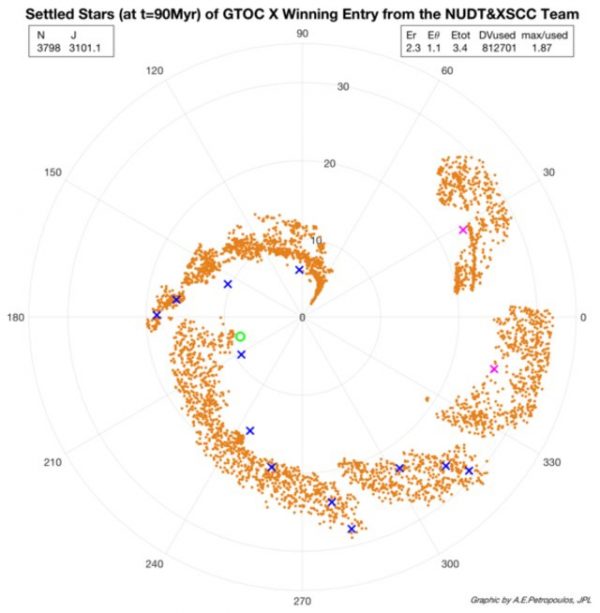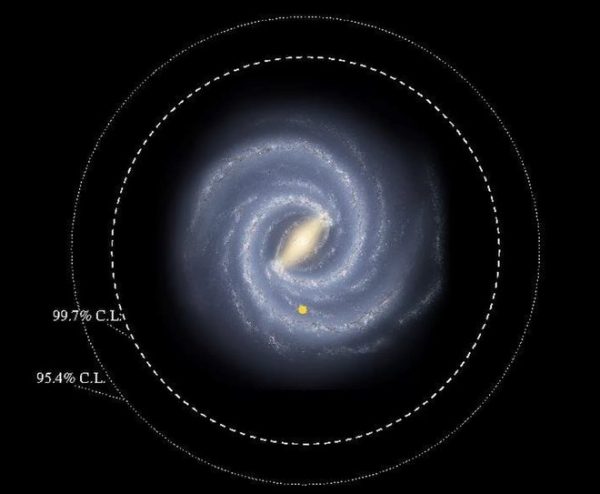SPACE: The Milky Way Is Warped
There’s trouble brewing at the edge of the Milky Way: New measurements suggest that a peculiar distortion of the galactic disk is hardly moving, contradicting earlier reports. As yet, nobody knows which finding will end up being correct. At stake are some key details in the structure and formation of spiral galaxies throughout the universe. Astronomers describe the Milky Way as a flat disk-shaped, double-armed spiral galaxy twirling and twinkling with stars. Yet since the mid-20th century, astronomers have known that this picture is partially wrong. Observations in the radio part of the electromagnetic spectrum first revealed that our galaxy’s … Read more










